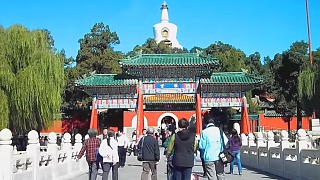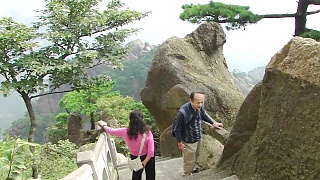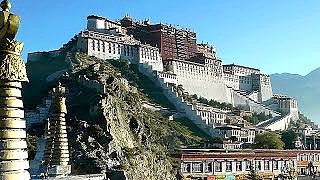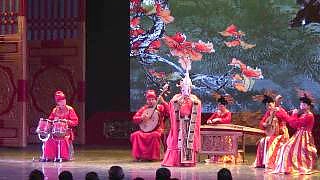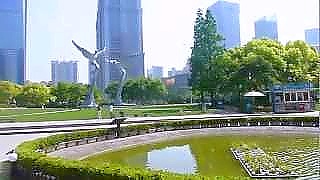Jiddu Krishnamurti talks about how we are enslaved, and how to be free; clear sight, without prejudice, reveals the truth / what is - that is the true knowing / now.
"Distortion will inevitably come into being when there is fragmentation, when one part of you condones or condemns what you observe. We are the result of propaganda, what we have been told from childhood to believe and not to believe. Knowledge is the past; there is no knowledge in the present. To be aware without choice is to observe without the observer, which is the past, the image-maker."
BB says : truth begins when belief ends ...
[640],shadow=true,start=,stop=To be free, to be eternal, is to be here, right now, not chained to the past (baggage that blinds us), or forever focused on the future (in fear). This, is it.
Until we realise it, the past controls us - both own own experience (in those chains), and all that we have believed. The past gives rise to fear. Love is the absence of fear.
 The imperative to escape the past (philosophy – the love of truth)
The imperative to escape the past (philosophy – the love of truth)












